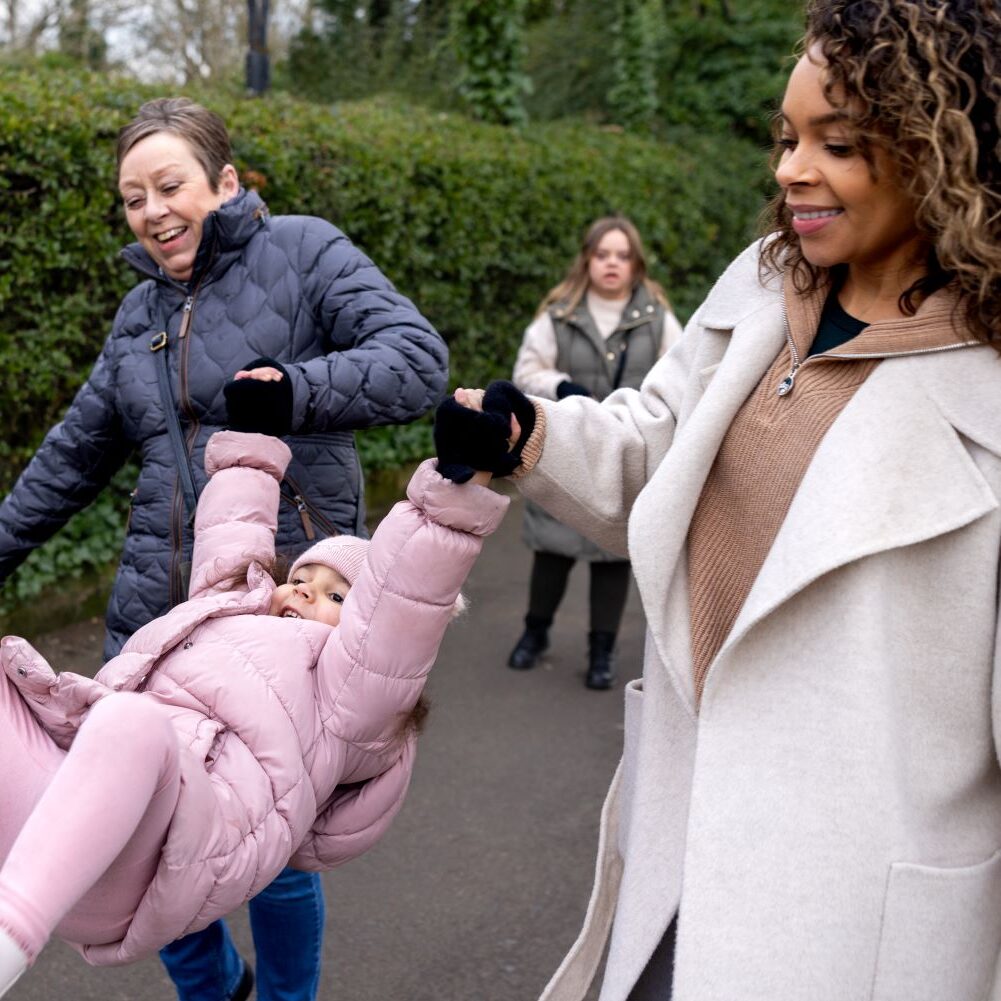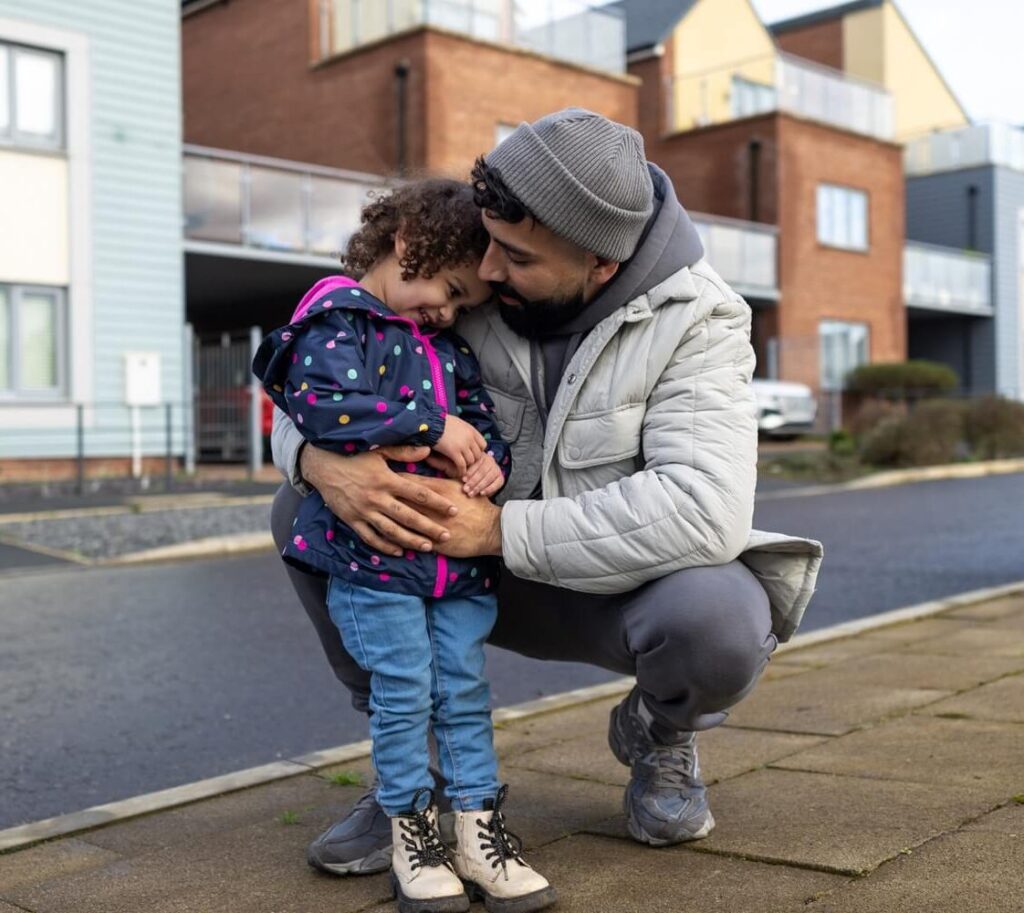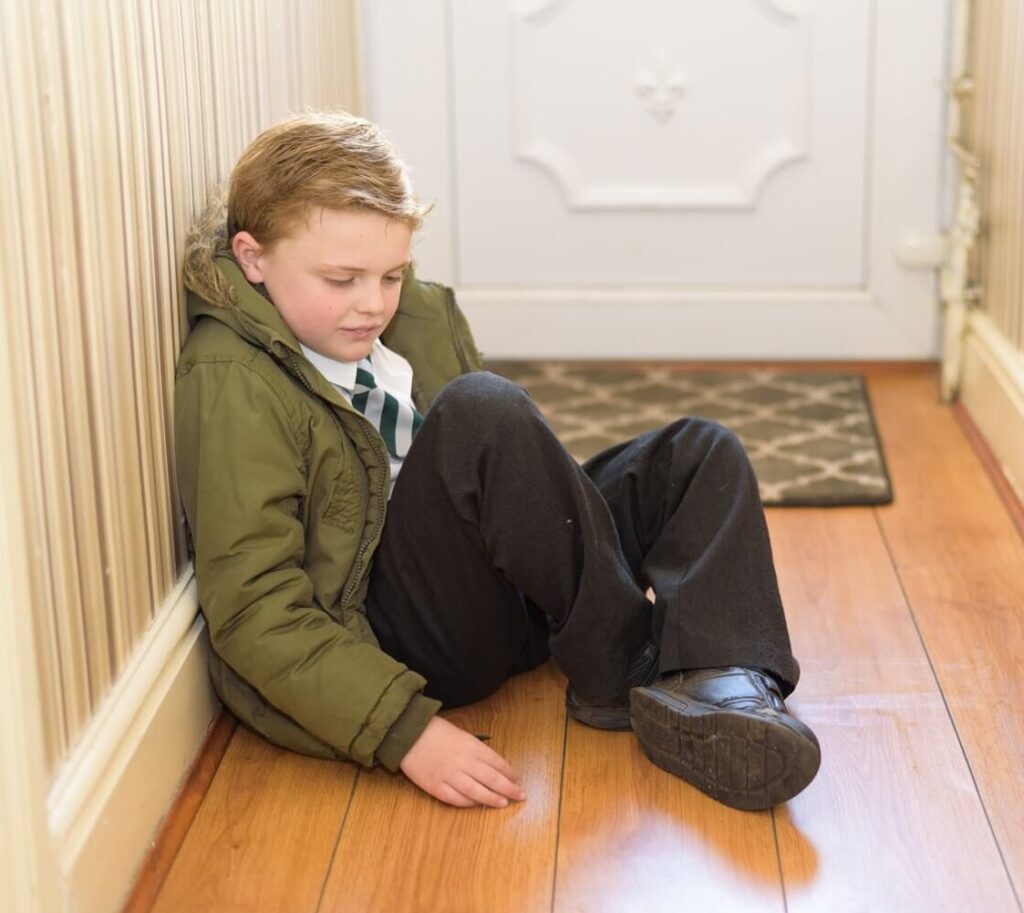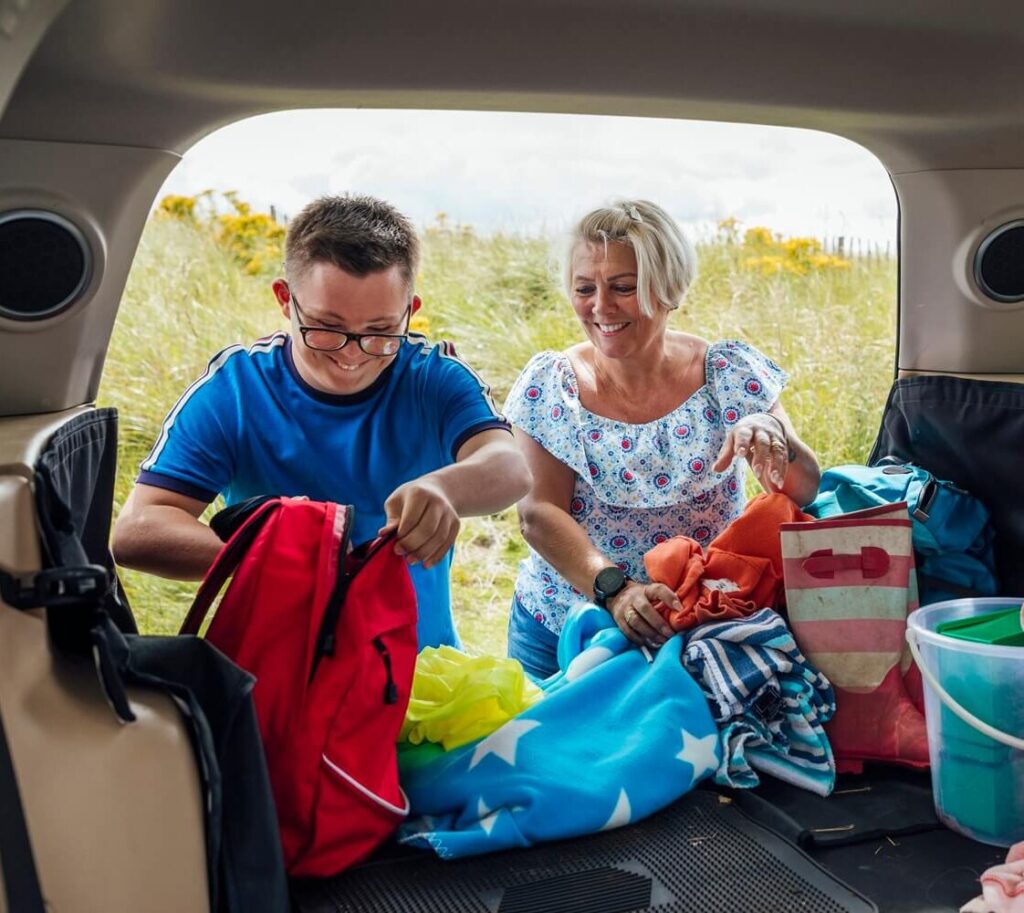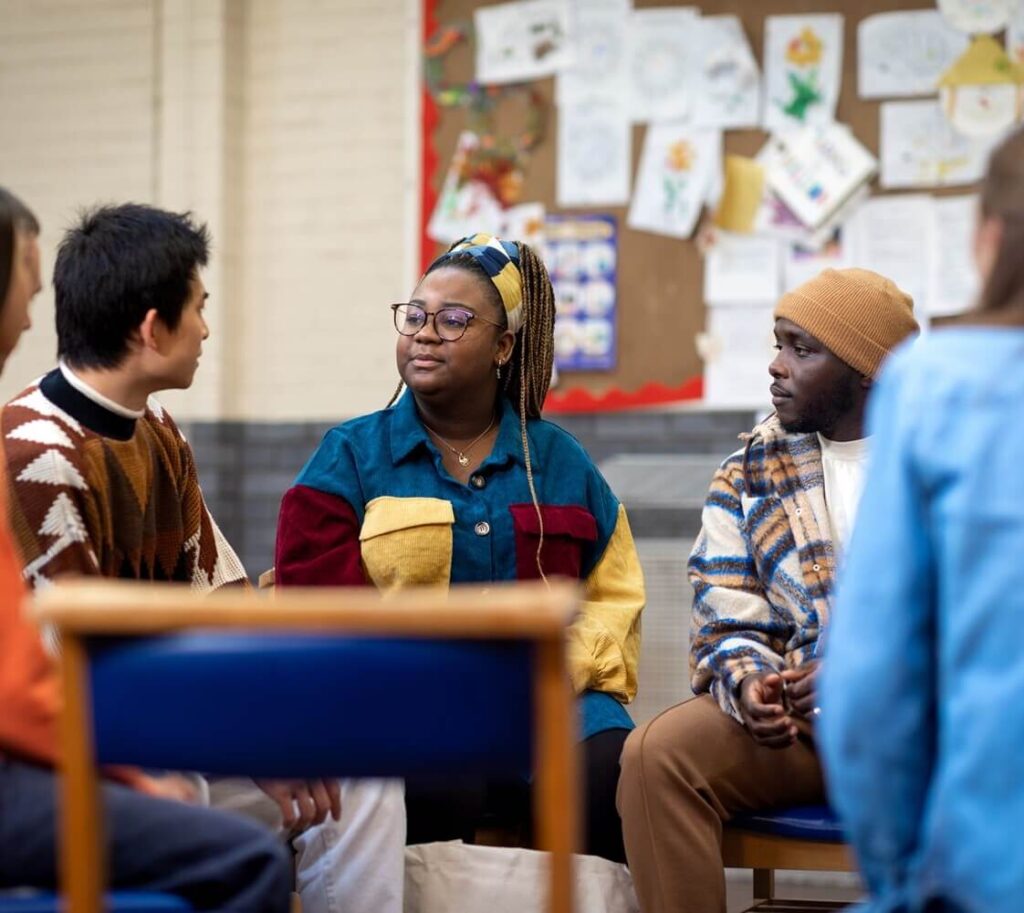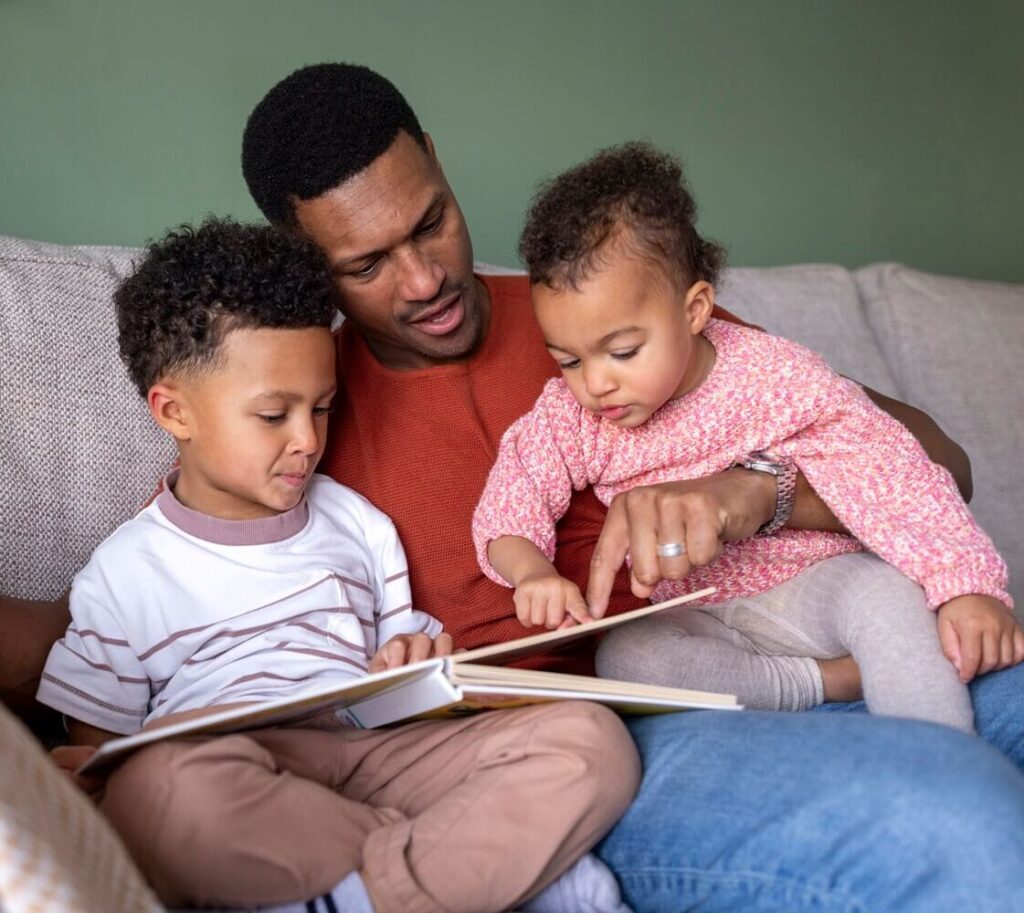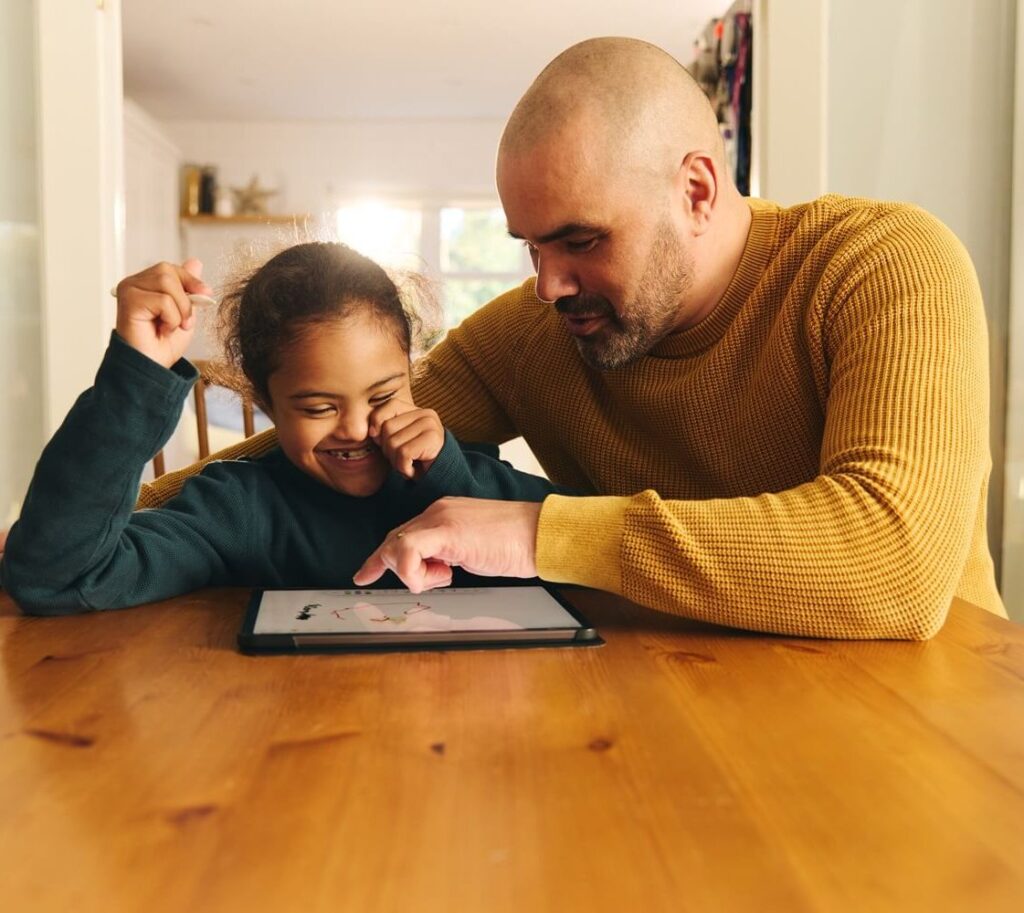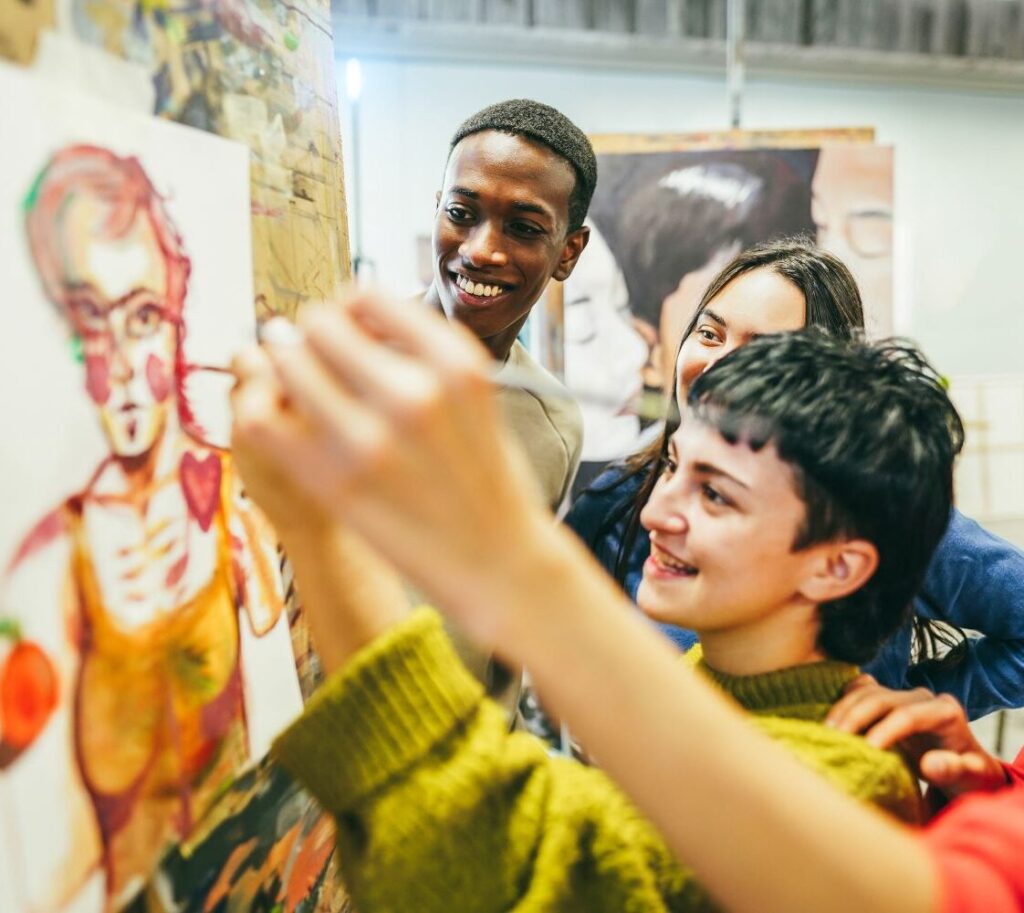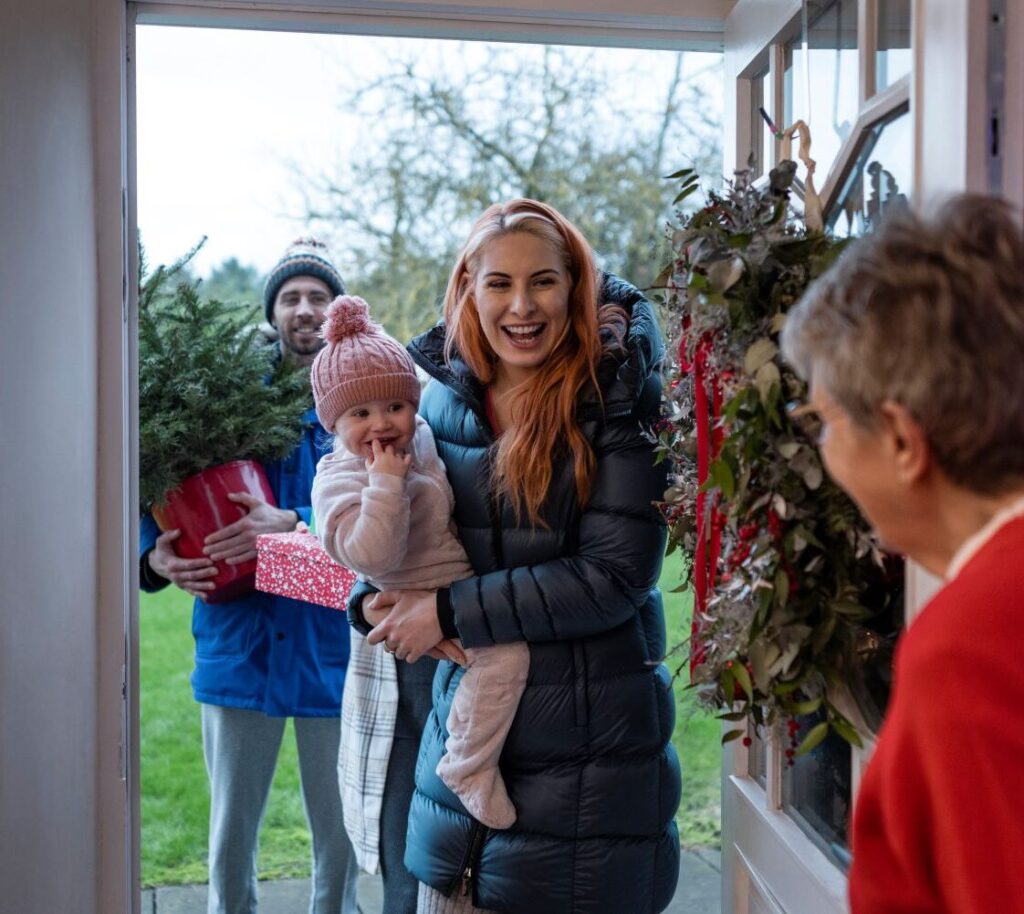Most of us know the benefits of regular exercise, but it can sometimes still feel hard to build up a habit of being active. If this is something you’ve struggled with in the past, read on for some tips to help you get active as a family, and to keep the habit going.
If you want to help your family regularly spend more time being active together, the things that will help set you all up for success include:
- starting small
- tracking your progress
- planning ahead
- training your brain to spot the positive effects of physical activity.
If you haven’t exercised for a while, or you have any medical conditions, it’s best to talk to a medical professional before getting started. Now, let’s take a look at each of the points above in more detail.
If you’re doing no activity at all, any small increase is a positive thing – and it's also the safest and most sustainable way to reach your activity goals.
Start small
If you’re doing no activity at all, any small increase is a positive step, and taking small steps is the safest and most sustainable way to reach your activity goals. Think of it in the simplest terms. For example, you might walk to the end of the road and back again. If you didn’t do that before, you’ve increased your physical activity.
Try not to compare yourself to other people – especially those you might see on social media. Many will have been exercising for a while, so if they decide to go for a 10km run, remember they’re at a different stage to you. If that’s what you want to aim for eventually, have that as a long-term goal, but the only way to get there is to gradually build up to it.
When you’re thinking about being more active, it’s easy to think you don’t have time. Instead, consider how you can increase activity in your daily or weekly routine:
- If you regularly catch a bus, can you get off a stop before you would usually, and walk the rest of the way? Or get on a stop later?
- Could you walk to the shop instead of driving?
- Could you take the stairs instead of the lift?
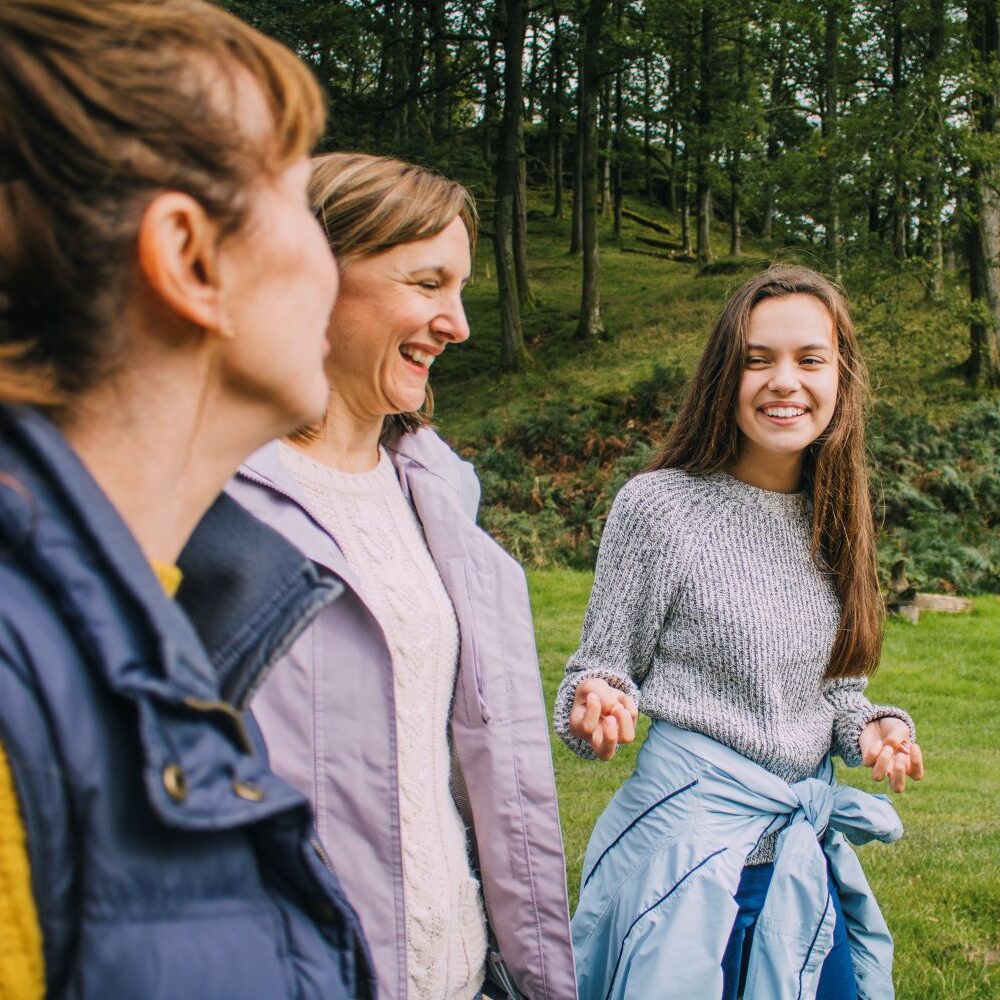
You might decide to do a step challenge as a family. It doesn’t matter how many steps you currently do – try setting a target together that’s a little bit more than your current daily step total, and aim for that. Then you can try to gradually increase the total number of steps you do as a family.
Finding what you enjoy is important when it comes to increasing your activity, so try different things. You could:
- Try one of the many apps that are available, such as the NHS Couch to 5k programme.
- Browse YouTube for a video the whole family can try in the comfort of your living room.
- See this BBC page featuring fun exercises to do with children.
- Read these guidelines and exercises from the NHS.
Start small, build up gradually, and try to appreciate the effort you’re putting in to becoming more active.
Keep track of your progress
A good way to appreciate your efforts and help you keep progressing with becoming more active is to keep a diary about your activity. You don’t need to write a lot, but it’s particularly important to record how you felt the first time you did an activity, and then to continue to record how you feel each time you do that activity. This will help you spot the gradual changes you might otherwise not notice.
For example, you might find a fun dance video on YouTube that you decide to do with your children. Even if you feel like you’re out of time with the music, haven’t quite got the steps right, or keep bumping into each other, none of that matters as long as you’re moving and – most importantly – laughing while you’re doing it.
You don’t have to be good at what you’re doing, you just have to enjoy it. Recording how you feel can really help you notice your progress and how being active makes you feel. Laughing and producing endorphins (another of the chemicals your brain makes that help you feel happy) is just as vital as the physical element of doing the activity.
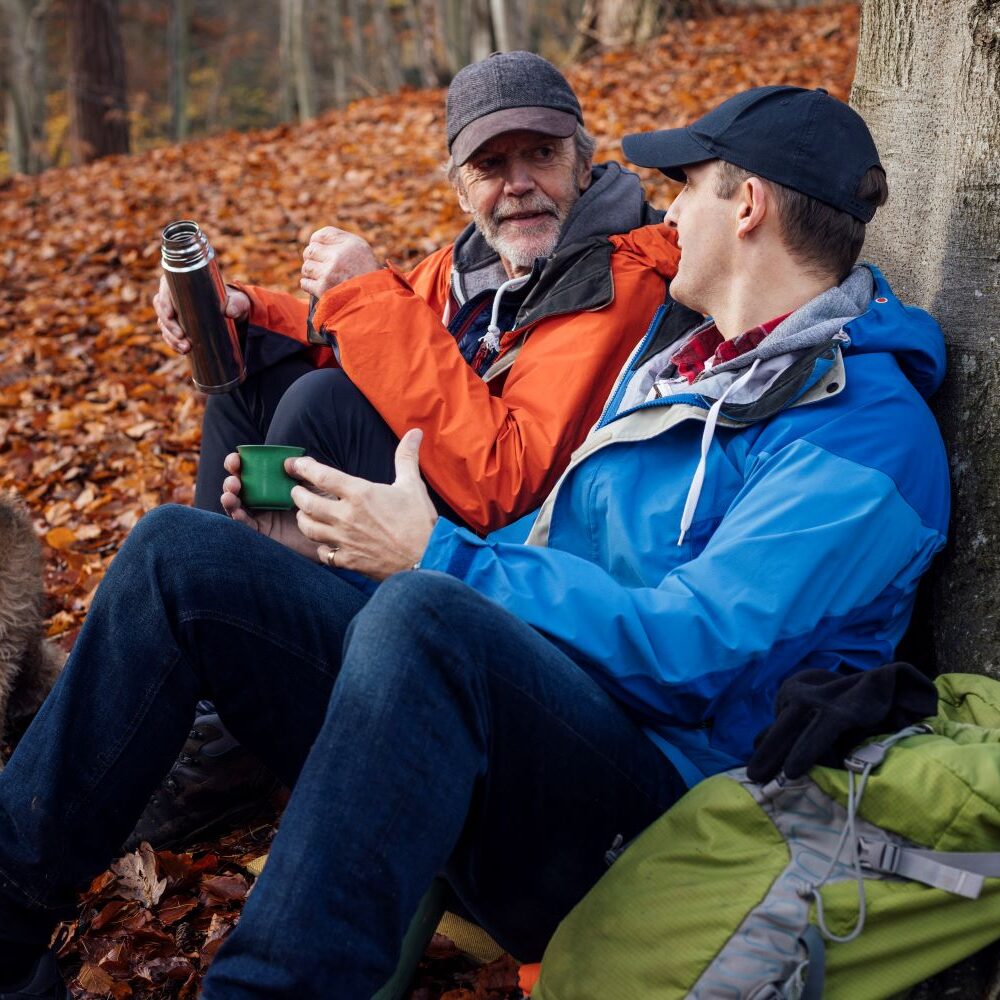
Plan ahead
Have you bumped into someone you haven’t seen for a while, and both said, “Oh we must meet for a coffee soon” only to forget to organise a date? If you don’t pick a date and time in that moment, it will likely be forgotten when you both move onto the next thing you need to do.
The same applies to being consistently active. Pick a date and time, and commit to being active then. If you’re using your phone calendar or another digital option, you can set it to recur, so you regularly have that reminder and that time set aside to be active. If you have a paper calendar, go through each month and block out those dates.
Then, choose what activity you’re going to do. You might decide to go for a walk in a different place or visit a new park once a month. This is a perfect time to get the whole family together and plan where you want to go. It doesn’t matter how old the children are, they can be involved in picking new places, and this will help create a sense of excitement and anticipation.
When you plan where you’re going as a family, you’re increasing the level of oxytocin, the love hormone made in your brain. This contributes to feelings of connection and attachment, and also drives energy. That’s why planning, and the whole process of doing that together as a family, is almost as important as actually going out and doing the activity.
How to turn your activity into a habit
It can be very easy to start a new activity with really good intentions, only for it to slowly fade away as life gets in the way. At this point, it’s important to think about what might help you keep your activity going. This might look a bit different for different people, but consider the following:
- Can someone help you? For example, if you have a dog and someone else in the family usually walks it, ask them to share the responsibility with you to help you be more active. Or you might plan the walks so you can go together.
- Set small, realistic goals that you build up over time. For example, you might decide to increase the amount of time you’re out walking one day per week, then build up the number of days.
- Being active with others can help you keep it up. We go into this more below.
- How is your mindset? Do you focus on how good you feel after doing some physical activity, or do you dwell on what you found tough about it? Again, there’s more on this below.
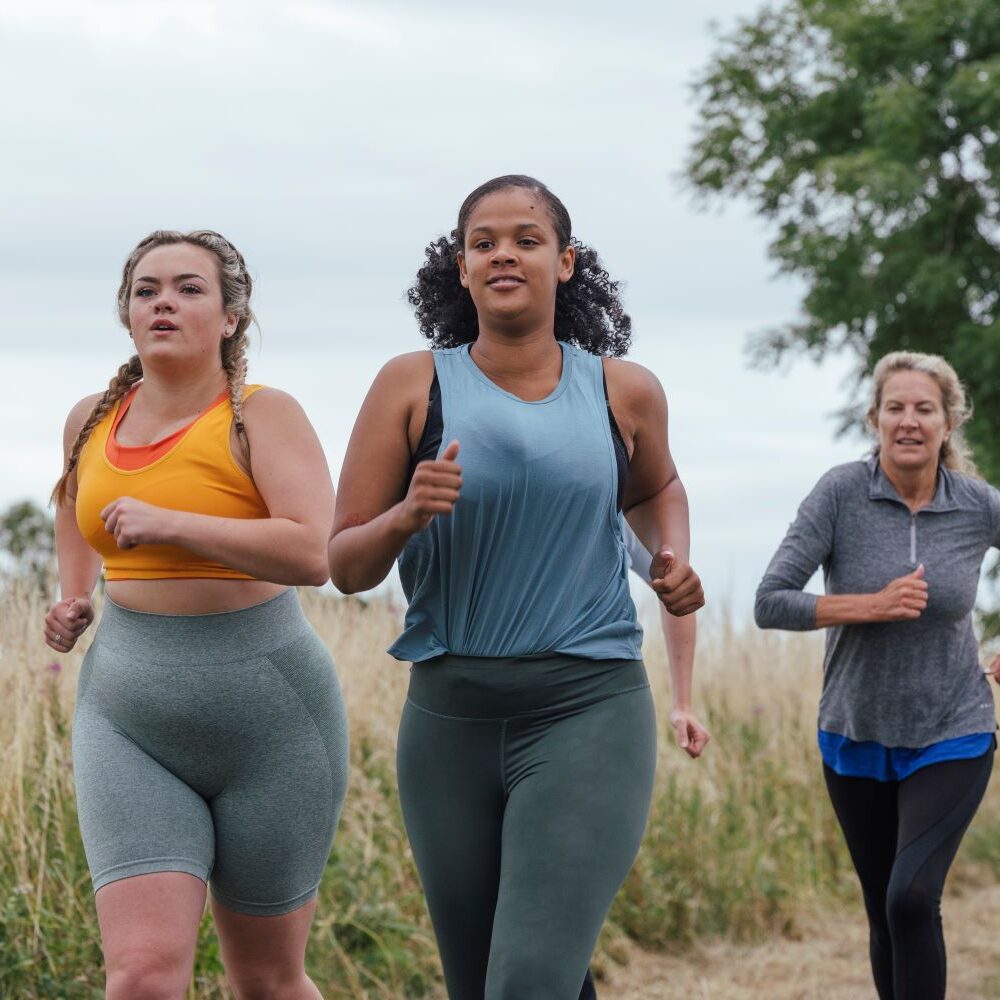
Connection with others
Being around other people can help you stick to your physical activity. If you plan to go for a walk by yourself, it’s easier to change your mind. If you arrange to go for a walk with a friend, and maybe you’ve offered to pick them up on the way, you’re more likely to stick to it.
If you’ve decided to try Couch to 5k, you could do a quick search online to see if there’s a group near you. If you’re feeling a little nervous or aren’t confident about doing it by yourself, being around other people who are at the same level as you may be encouraging. Eventually, you might feel like trying a local parkrun, which happens every Saturday at 9am in lots of locations across the UK. It’s a free family-friendly event where you cover 5km by walking, jogging or running – the choice is yours. And for children aged between 4 and 14, there’s junior parkrun, a 2km route which runs on Sunday mornings in many of the locations that offer parkrun.
The importance of mindset and self-talk
Your brain is a muscle, and like any other muscle in the body it needs to be trained. So when you’re trying to build up the habit of being active, your brain will also need some training to help you achieve that.
When you’re active, your brain releases positive chemicals. These are released no matter what you do, but what’s important is that you take the time to recognise how the physical activity makes you feel. When you do that, you’re training the muscle of your brain.
To continue the example used above, if you and your children have just finished a dance video, you might talk about:
- how much fun you had
- what your favourite part was
- how good the music was
Recognising the positive elements of the activity you’ve just done and taking the time to share how they made you feel with the other people you’re with trains the brain in a positive way. If you instead focus on any negatives, like if you were feeling low on energy, or you felt silly because you missed one of the moves, you’re reinforcing a negative view of that activity.
It will take a bit of time, but slowly building up your family's exercise habit will make it easier to stick to and more enjoyable for everyone.
Getting active as family: step by step
To summarise, if you want to become more active with your family and keep the habit going, these are the steps to take:
- Take small steps when you’re starting out
- Build up your activity gradually
- Plan your activity as a family
- Try a few different activities to find what you enjoy the most
- Talk with your family about how it makes you feel
It will take a bit of time, but slowly building up the habit in this way will make it easier to stick to and more enjoyable for the whole family.
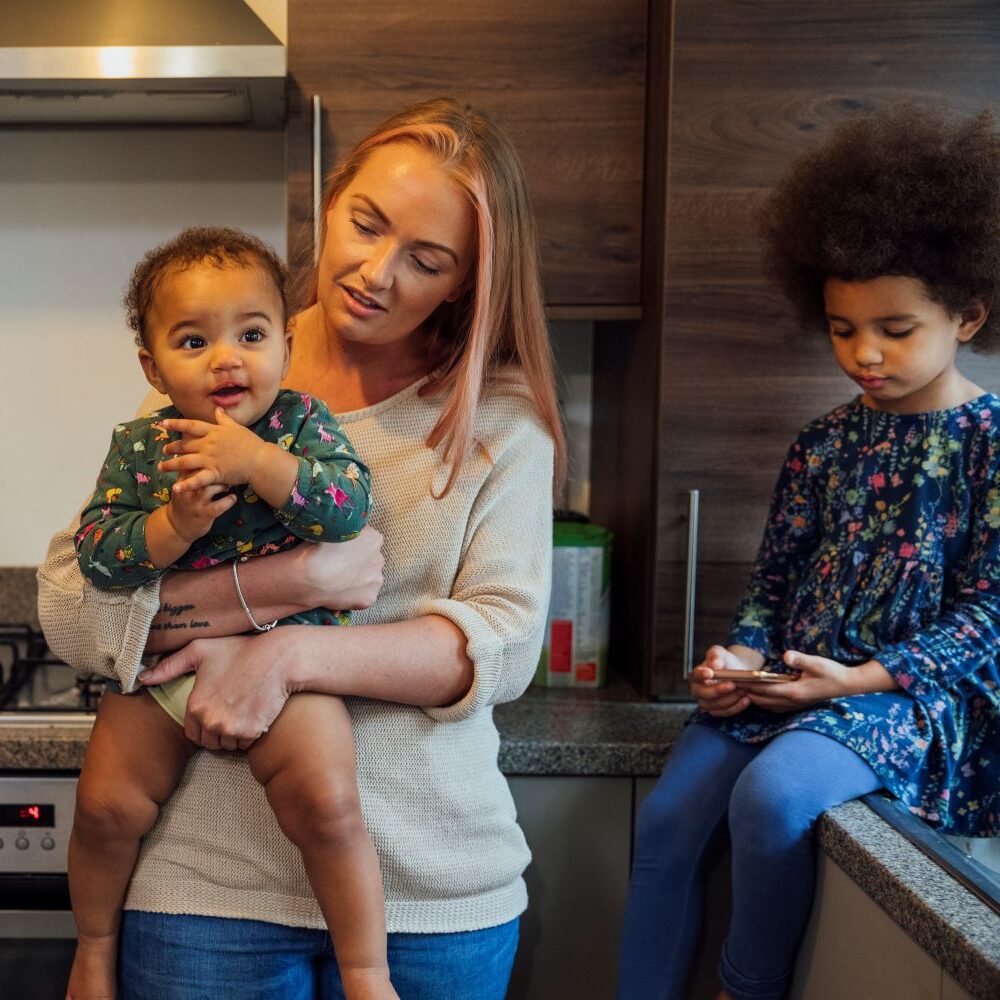
Call, text, email or web chat FamilyLine
If you’re feeling overwhelmed, worried or upset about any aspect of your family life, FamilyLine is here for you. We offer free emotional support and guidance on family relationships, conflict, parenting, caring, financial worries and more.
Contact FamilyLine